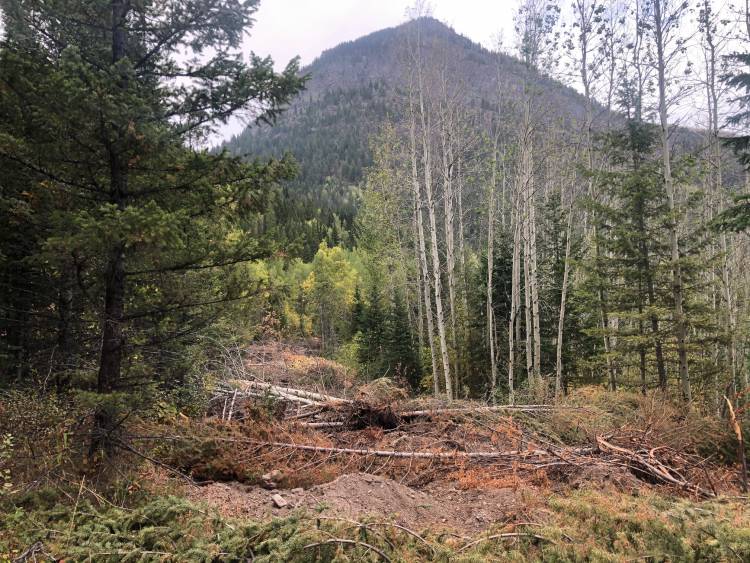British Columbia has more than 600,000 kilometres of resource roads. Every year, an additional 10,000 kilometres are added. These roads are constructed primarily for logging, mining exploration and development. While these roads play an important role for resource industries, they remain long after their industrial use has come to an end.
Unfortunately, there is no provincial requirement to return most of these roads to their natural state, a policy that results in a threat to the natural environment.
This huge network of roads has significant impacts on ecosystems including habitat fragmentation, loss of habitat quality and more. The result is a negative impact on already threatened wildlife populations. In the Elk Valley alone there are almost 6,000 km of resource roads; that’s close to half a kilometre for every person in the valley. The extensive network of roads puts tremendous pressure on wildlife and their habitat.
While human access to wildlife habitat may not have obvious effects, regular disruptions of passing vehicles reduces the foraging time for animals when they are trying to store energy to get them through the long Elk Valley winters. Roads also change water patterns, in some cases, dramatically. These hydrological changes can result in serious erosion and slides that undermine and alter habitat.
Aquatic ecosystems in the Elk Valley are seriously impacted by the road density in our region. Roads near streams increase sedimentation that causes problems for aquatic life. Sediment destroys gravel beds necessary for spawning and smothers eggs, as well as reducing overall oxygen levels in the water.
In fact, 91% of watersheds in the Elk Valley are ranked as high hazard for road density near streams and 38% are ranked as high hazard for road density on steep slopes.
In addition to the fragmentation of habitat and erosion of habitat quality, these roads act as a literal highway for invasive plant species. The roads themselves with their disturbances make for fertile ground for invasives and the vehicles that travel them transport seeds along the routes.
There is some good news for wildlife in the Elk Valley. The Elk Valley Cumulative Effects Management Framework (CEMF) is a collaborative effort between industry, local, provincial and and Ktunaxa government and community organizations, aimed at providing practical mitigation and management actions to address cumulative effects. This working group has launched an initiative to restore habitat with road rehabilitation.
The science behind the CEMF process determined that road density and access were two of the leading contributors to negative cumulative impacts. Road rehabilitation was identified as the highest priority action to address cumulative effects in the Elk Valley. The CEMF pilot project has rehabilitated 30 km of resource roads in the Elk Valley this summer and fall. Additional work will take place in the coming year after prioritizing roads for rehabilitation and consulting with stakeholders.
The work is expected to have a long term positive impact on species including westslope cutthroat trout, bighorn sheep, moose and grizzly bears. Reducing road density, and use, has a positive impact on wildlife populations and the health of ecosystems in the Elk Valley.












